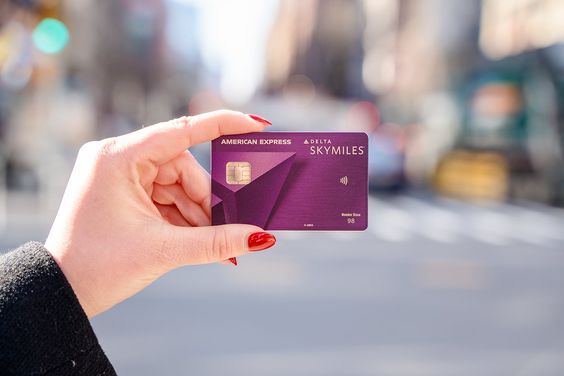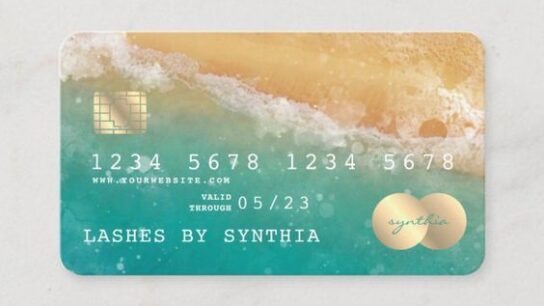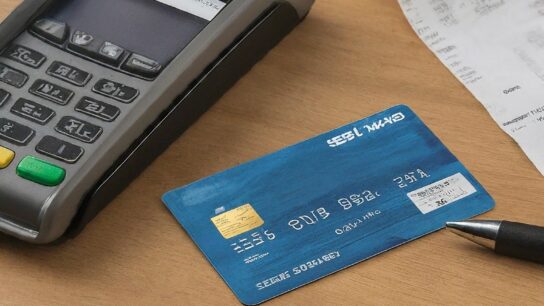When reviewing your credit card statements or online account, you might come across a $0 pending charge. At first glance, this might seem puzzling or even concerning. This comprehensive guide will help you understand what a $0 Pending Charge on Your Credit Card. signifies, why it appears, and what actions you should take if you encounter one.
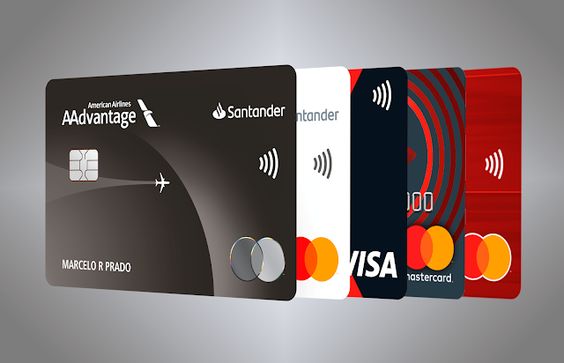
- What Is a $0 Pending Charge on Your Credit Card.?
- What Does a $0 Pending Charge Mean?
- Why Am I Seeing a $0 Pending Charge?
- What to Do if You See a $0 Pending Charge
- Common Questions About $0 Pending Charge on Your Credit Card.
- Tips for Managing Pending Charges
- Conclusion
- Frequently Asked Questions (FAQ)
- 1. What does a $0 Pending Charge on Your Credit Card.?
- 2. Why am I seeing a $0 pending charge on my account?
- 3. Is a $0 pending charge an error?
- 4. How long will a $0 pending charge stay on my credit card?
- 5. Will a $0 pending charge affect my available credit?
- 6. What should I do if I see a $0 pending charge on my credit card?
- 7. How can I contact my credit card issuer for help?
- 8. Can a $0 pending charge indicate fraud?
- 9. How can I avoid confusion with pending charges in the future?
- 10. Are there any resources for understanding credit card transactions better?
What Is a $0 Pending Charge on Your Credit Card.?
A pending charge on a credit card refers to a transaction that has been authorized but has not yet been fully processed or posted to your account. Pending charges appear as temporary holds or authorizations and are part of the process to ensure that funds are available and to verify the transaction’s legitimacy.
How Pending Charges Work
When you make a purchase or authorize a transaction, the merchant requests authorization from your credit card issuer. Your card issuer then places a temporary hold on the funds, which appears as a pending charge on your account. This hold ensures that the amount is reserved for the transaction until it is fully processed.
For more information on pending transactions, you can visit Credit Card Pending Transactions Explained.
What Does a $0 Pending Charge Mean?
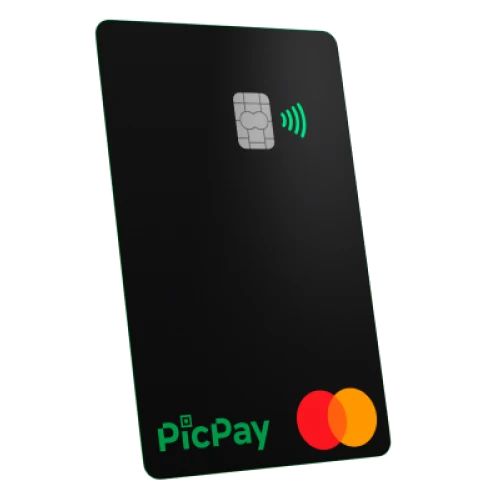
A $0 pending charge on your credit card typically indicates that a transaction was authorized but did not involve any actual funds being held. This situation can arise for several reasons:
1. Authorization Holds for Verification
Some merchants place a $0 authorization hold to verify the validity of the credit card. This is common for certain types of transactions, such as hotel reservations or car rentals. The $0 hold ensures that the card is active and valid before the actual transaction amount is processed.
2. Cancellation of a Transaction
If you have recently canceled a transaction or a merchant has reversed a charge, you might see a $0 pending charge as part of the process. This indicates that the original authorization was nullified but not yet fully removed from your account.
3. Pre-Authorization for Transactions
Merchants may sometimes place a $0 pre-authorization hold to confirm that your credit card is valid and can be used for future transactions. This hold will eventually be removed, and the actual transaction amount will be processed separately.
Why Am I Seeing a $0 Pending Charge?
If you encounter a $0 pending charge on your credit card, it could be due to one of the following reasons:
1. Merchant Practices
Certain merchants use $0 pending charges as part of their verification process. This practice is common in industries where card validity needs to be confirmed before processing the actual payment.
2. Technical Glitches
Occasionally, technical issues or glitches in the payment processing system can result in $0 pending charges. These are usually temporary and should be resolved once the issue is corrected.
3. Transaction Reversal
If a transaction is reversed or canceled, you might see a $0 pending charge reflecting the cancellation process. This is typically a temporary hold and will be cleared once the reversal is complete.
What to Do if You See a $0 Pending Charge
Seeing a $0 pending charge can be confusing. Here’s what you should do to address it:
1. Review Your Recent Transactions
Check your recent transactions and receipts to identify any purchases or authorizations that might have resulted in the $0 pending charge. This can help you determine if the charge is related to a recent transaction or authorization.
2. Contact the Merchant
If you’re unsure about the $0 pending charge, contact the merchant involved in the transaction. They can provide details about the authorization process and explain why the $0 charge appeared on your account.
3. Monitor Your Account
Keep an eye on your credit card account to see if the $0 pending charge is removed or if any other charges appear. Most $0 pending charges are temporary and will be resolved within a few days.
4. Contact Your Credit Card Issuer
If the $0 pending charge persists or you have concerns about it, contact your credit card issuer. They can provide additional information about the charge and help resolve any issues if needed.
For further assistance, visit the Credit Card Customer Service page.
Common Questions About $0 Pending Charge on Your Credit Card.

1. Is a $0 Pending Charge an Error?
Not necessarily. While a $0 pending charge may appear unusual, it’s often part of normal authorization processes or a temporary hold. However, if you suspect an error, it’s best to contact your credit card issuer for clarification.
2. Will a $0 Pending Charge on Your Credit Card.?
Typically, a $0 pending charge does not affect your available credit, as no funds are being held. However, it’s always good to monitor your account to ensure that no unexpected charges impact your credit limit.
3. How Long Will a $0 Pending Charge on Your Credit Card.?
Most $0 pending charges are temporary and should be cleared within a few days. If the charge remains for an extended period, follow up with your credit card issuer to ensure it is addressed.
Tips for Managing Pending Charges
1. Regularly Review Your Statements
Regularly review your credit card statements to stay informed about pending and posted transactions. This helps you identify any discrepancies or unusual charges early.
2. Keep Track of Authorizations
When making purchases or authorizations, keep track of the amounts and merchants involved. This can help you understand and manage any pending charges on your account.
3. Set Up Alerts
Consider setting up alerts for your credit card account to receive notifications about transactions and pending charges. This can help you stay on top of your account activity and detect any issues promptly.
For more tips on managing your credit card, visit Credit Card Management Tips.
Conclusion
A $0 pending charge on your credit card can be confusing, but understanding its common causes and how to address it can help alleviate concerns. Whether it’s a temporary hold for verification, a transaction reversal, or a technical glitch, monitoring your account and staying informed are key to managing these charges effectively. If you have any doubts or issues, don’t hesitate to contact your credit card issuer or the merchant involved.
For additional information and support, check out the Credit Card Help Center. Keeping yourself informed and proactive will ensure a smooth experience with your credit card transactions.
Frequently Asked Questions (FAQ)
1. What does a $0 Pending Charge on Your Credit Card.?
A $0 pending charge typically indicates that a transaction was authorized but no actual amount is being held. This can occur for various reasons, such as authorization holds for verification purposes or technical glitches. For more details on pending charges, visit Credit Card Pending Transactions Explained.
2. Why am I seeing a $0 pending charge on my account?
A $0 pending charge can appear for several reasons:
- Authorization Holds: Merchants might place a $0 hold to verify your credit card before processing the actual transaction amount.
- Transaction Reversal: A $0 pending charge might indicate that a previously authorized transaction was canceled or reversed.
- Technical Issues: Sometimes, system errors or glitches can result in a $0 pending charge.
3. Is a $0 pending charge an error?
A $0 pending charge is not necessarily an error. It’s often part of normal transaction processing, such as verification holds or cancellations. $0 Pending Charge on Your Credit Card. However, if the charge remains for an extended period or you suspect an issue, contact your credit card issuer for clarification.
4. How long will a $0 pending charge stay on my credit card?
Most $0 pending charges are temporary and should be cleared within a few days. If the charge persists or you notice any issues, it’s a good idea to follow up with your credit card issuer to ensure it is resolved.
5. Will a $0 pending charge affect my available credit?
Typically, a $0 Pending Charge on Your Credit Card. does not affect your available credit since no funds are actually being held. However, it’s always wise to monitor your account to ensure that no unexpected charges impact your credit limit.
6. What should I do if I see a $0 pending charge on my credit card?
Here’s what you should do:
- Review Your Transactions: Check your recent transactions to understand if the charge relates to a recent purchase or authorization.
- Contact the Merchant: If the charge is linked to a specific merchant, contact them for details about the authorization.
- Monitor Your Account: Keep an eye on your account to see if the $0 charge is removed or if any other charges appear.
- Contact Your Credit Card Issuer: If you have concerns or the charge remains unresolved, contact your credit card issuer for assistance.
7. How can I contact my credit card issuer for help?
To contact your credit card issuer:
- Visit the Credit Card Customer Service page for contact options.
- You can find phone numbers, email addresses, and live chat options for support.
8. Can a $0 pending charge indicate fraud?
While a $0 Pending Charge on Your Credit Card. charge is generally not an indicator of fraud, it’s important to monitor your account regularly. If you notice any suspicious activity or unauthorized charges, contact your credit card issuer immediately to report the issue.
9. How can I avoid confusion with pending charges in the future?
To avoid confusion with pending charges:
- Regularly Review Statements: Check your credit card statements frequently to stay informed about pending and posted transactions.
- Keep Track of Authorizations: Track your authorizations and purchases to understand any pending charges on your account.
- Set Up Alerts: Use account alerts to receive notifications about transactions and pending charges.
For more tips on managing your credit card, visit Credit Card Management Tips.
10. Are there any resources for understanding credit card transactions better?
Yes, for additional resources and information about credit card transactions and account management, check out the following:

